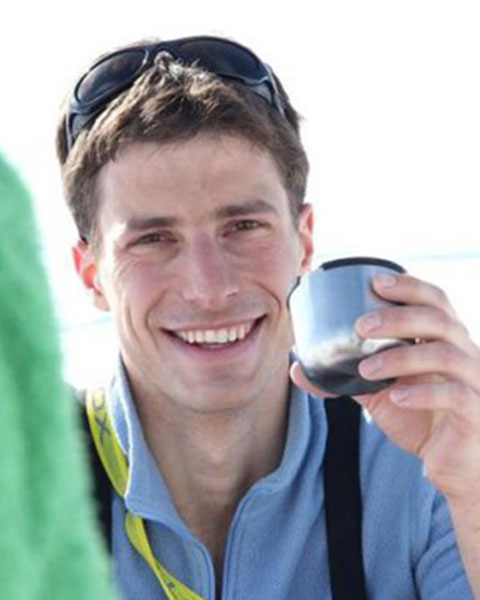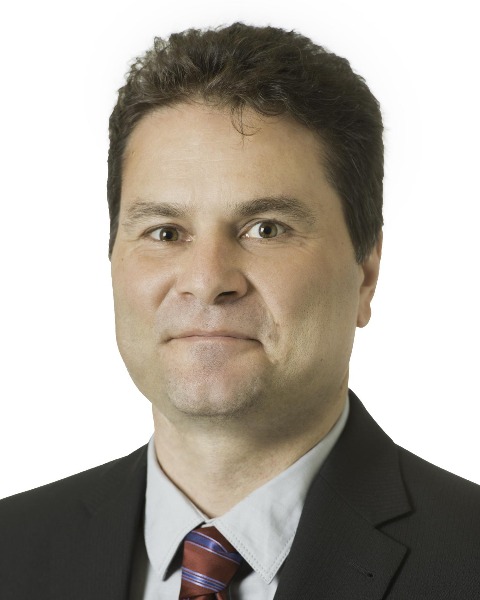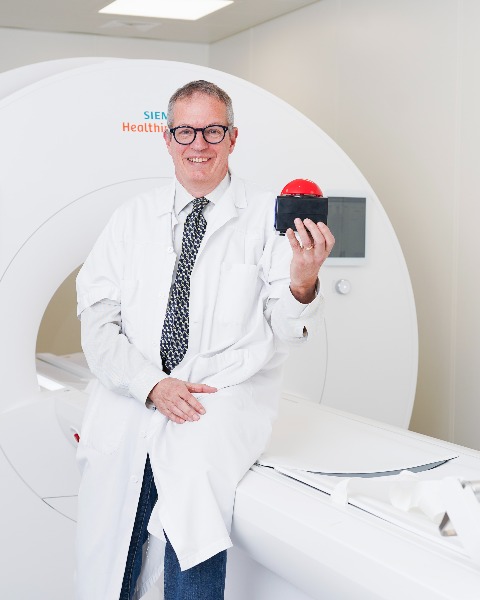Rapid Fire Abstracts
First demonstration of fully self-gated respiratory and cardiac motion-resolved 5D flow at 0.55T (RF_TH_232)
- EA
Efena Akporeha, MSc
PhD Candidate
Lausanne University Hospital, Switzerland - EA
Efena Akporeha, MSc
PhD Candidate
Lausanne University Hospital, Switzerland - RF
Robin Ferincz, MSc
PhD student
University Hospital (CHUV) and University of Lausanne (UNIL), Switzerland - IQ
Isabel Montón Quesada, PhD
Phd Candidate
Lausanne University Hospital, Switzerland - AO
Augustin C. Ogier, PhD
Postdoctoral fellow
University Hospital (CHUV) and University of Lausanne (UNIL), Switzerland - JL
Jean-Baptiste Ledoux, MSc
Senior Technologist
Lausanne University Hospital (CHUV), Switzerland 
Jérôme Yerly, PhD
Senior scientist
Lausanne University Hospital (CHUV) and University of Lausanne (UNIL), Switzerland
Ruud B. Van Heeswijk, PhD
Senior Lecturer
Lausanne University Hospital (CHUV), Switzerland
Michael Markl, PhD
Professor
Northwestern University Feinberg School of Medicine
Mathias Stuber, PhD
Full Professor
CIBM-CHUV-UNIL
Laussane University, Switzerland- CR
Christopher W Roy, PhD
Matre d'assistant
Lausanne University Hospital, Switzerland
Presenting Author(s)
Primary Author(s)
Co-Author(s)
Recent advancements in free-running radial whole-heart phase-contrast MRI [1,2] enable comprehensive cardiovascular hemodynamic assessment without ECG-gating or respiratory navigation, using self-gating. These sequences simplify scan planning and compensate for respiratory motion via respiratory-resolved 5D flow or respiratory-corrected 4D flow reconstructions, validated at 1.5T [1,3]. With increasing interest in low-field MRI, our study extends the 5D flow MRI framework to 0.55T. This technique, and 4D flow generally, has not been demonstrated at this field strength due to limited availability of these systems in technically oriented institutions and the lower gradient performance. We present the first implementation and comparative analysis of 5D flow MRI at 0.55T and 1.5T, hypothesizing that 0.55T can yield comparable hemodynamic quantification in the aorta and pulmonary artery.
Methods:
Six healthy subjects (ages 24 – 41, 3 females) were scanned back-to-back on 0.55T research and 1.5T clinical scanners (Siemens Healthcare) using the free-running radial phase-contrast MRI sequence as previously reported [1]. Acquisition parameters for both sequences can be seen in table 1. The acquisitions were performed during free-breathing and in a random order to avoid fatigue bias. Cardiac and respiratory signals were extracted from k-space using compressed sensing [4,5]. The datasets acquired were analyzed using Circle CVI42 (Calgary, Canada). Three 2D planes (ascending aorta, AAo, descending aorta, DAo, and main pulmonary artery, MPa) were selected from each of the flow datasets and used to measure net-volume, peak-flow, and peak velocity. Variability across the two datasets were measured using paired t-tests.
Results:
Flow measurements at 0.55T and 1.5T were comparable, as shown by flow curves and streamlines (Figures 1 and 2). There is a strong correlation between net volume and moderate correlation for peak flow measurements when comparing 5D flow at 1.5T to 5D flow at 0.55T (r2net-volume=0.76, r2peak-flow=0.69) (Figure 3A), and a small bias between the measurements (Figure 3B) Paired t-test results showed only a small difference in AAo peak flow measurements (t-statistic = 2.45, p-value = 0.058), Dao and MPa measurement showed no significant differences (t-statistic = -0.33, p-value = 0.76 and t-statistic = -0.35, p-value = 0.74 respectively). Significant differences were found between the measurements at 1.5T and 0.55T, reported in the AAo measures of peak velocity (189.3±50.0 cm/s vs 109.7±19.5 cm/s, p=0.03) but not for DAo (137.2±32.3 cm/s vs 133.8±34.8 cm/s, p=0.7), and MPa (112.2±34.3 cm/s vs 99.6±29 cm/s, p=0.6).
Conclusion:

